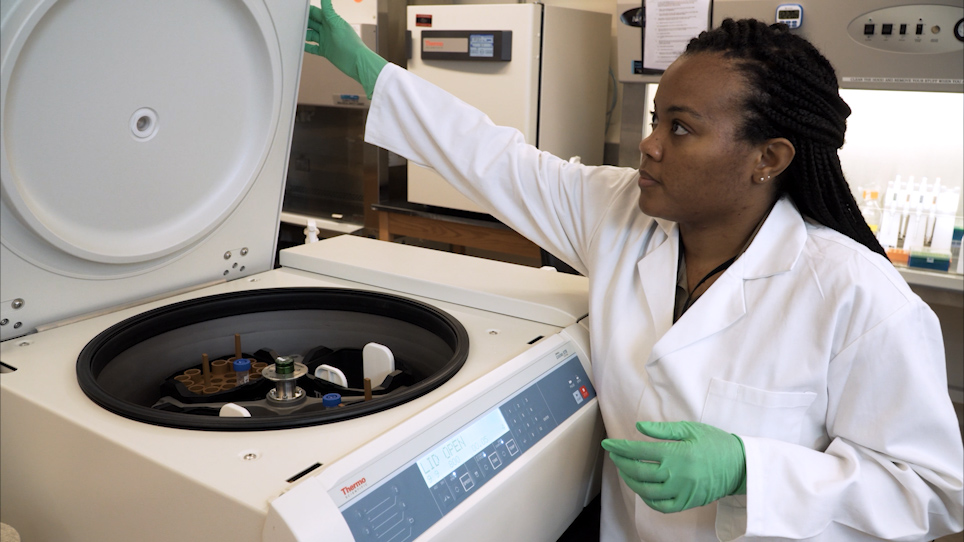/
/
Induction and Scoring of Graft-Versus-Host Disease in a Xenogeneic Murine Model and Quantification of Human T Cells in Mouse Tissues using Digital PCR
A subscription to JoVE is required to view this content. Sign in or start your free trial.
JoVE Journal
Immunology and Infection
Induction and Scoring of Graft-Versus-Host Disease in a Xenogeneic Murine Model and Quantification of Human T Cells in Mouse Tissues using Digital PCR
Chapters
- 00:04Title
- 00:40Non-Obese Diabetic (NOD) Scid Gamma (NSG) Mouse Irradiation and Peripheral Blood Mononuclear Cell (PBMC) Injection
- 02:22Retro-Orbital Injection
- 03:24Clinical Graft Versus Host Disease (GVHD) Scoring
- 03:58Genomic DNA Isolation and Human T Cell Quantification
- 04:59Results: Representative GVHD Disease Progression and Digital PCR Human T Cell Detection
- 05:37Conclusion
Here, we present a protocol to induce and score disease in a xenogeneic graft-versus-host disease (xenoGVHD) model. xenoGVHD provides an in vivo model to study immunosuppression of human T cells. Additionally, we describe how to detect human T cells in tissues with digital PCR as a tool to quantify immunosuppression.










